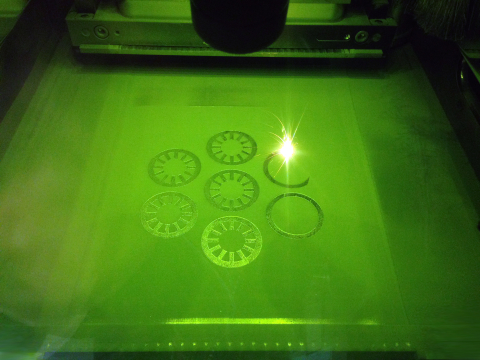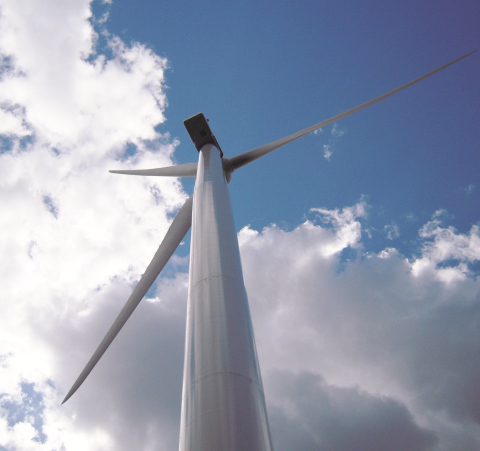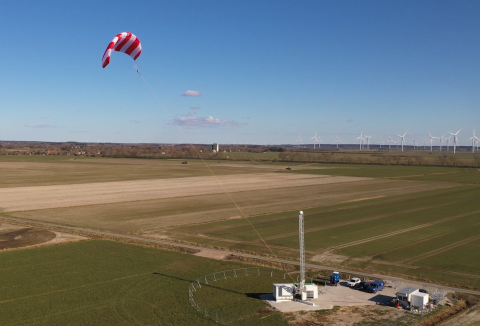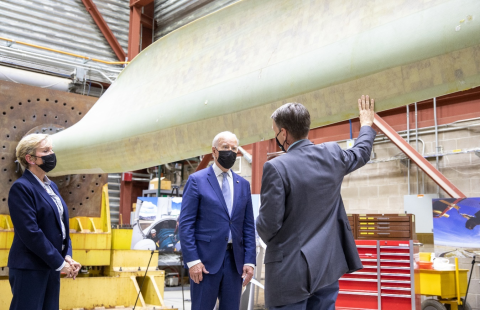
DOE’s Oak Ridge National Laboratory and National Renewable Energy Laboratory have published a study as part of the MADE3D initiative, highlighting 3D printing of magnetic components for large electrical machines like wind turbines.
The National Offshore Wind R&D Consortium has announced six new projects to support supply chain efficiency, asset monitoring, and inspection.

WETO has released phase I findings for its Big Adaptive Rotor project, studying large blades for low-specific-power wind turbines.

This report assesses the potential for, and technical viability of, airborne wind energy (AWE) in the US. Findings include data on the resource potential of wind energy available to AWE systems and what’s needed for AWE to deploy at meaningful scales.
DOE has issued a request for information to help build a more diverse, resilient, and competitive U.S.-based energy supply chain.
As 2021 draws to a close, the Wind Energy Technologies Office (WETO) is reflecting on our R&D, recent achievements, and recognitions, and getting ramped up for a new year of possibilities for wind energy.
DOE national laboratory researchers have determined a way to transport massive wind turbine blades at a lower cost, by designing them to bend, or deflect, by 20%.
DOE national labs and industry partner Vestas published a report discussing how 3-D printing may hold promise for producing specific wind energy components.

As we enter a new fiscal year, WETO is sharing some of the more notable wind energy research and development accomplishments from 2021.
DOE’s Office of Energy Efficiency and Renewable Energy recently selected six wind-energy-related projects for Small Business Innovation Research Phase II funding. The announcement is part of DOE-wide awards totaling $127 million.

